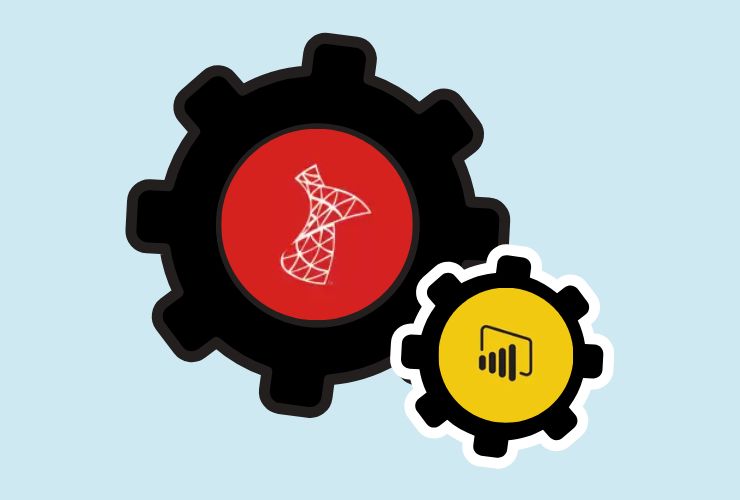Data is at the very heart of almost every business operation today’s economy. For example, if you are managing an e-commerce site, a banking system, or a SaaS application, your database must consistently handle reliable data—even with concurrent workloads. To that end, we need to consider SQL transactions, ACID properties, and isolation levels.
What are SQL Transactions?
An SQL Transaction is the collection of one or more operations performed as a single atomic work item. The operations can include inserting or updating data, deleting records, or changing a schema. The principle driving an SQL transaction is: all actions, or none of the actions (in the case of an exception) should be completed, thus maintaining the consistency of the data in the database.
Transactions are commonly employed, for example, in:
- Banking systems (e.g., transferring money between user accounts)
- Online shopping carts or point-of-sale systems (e.g., processing a customer order)
- Inventory management systems (e.g., adjusting available stock after a sale)
By performing multiple operations in a transaction, data integrity can be maintained in unexpected error conditions.
The ACID Properties of SQL Transactions
The ACID model, which stands for Atomicity, Consistency, Isolation and Durability, represents the principles that form the basis for dependable database operations. Let’s unpack these principles with a more relatable approach:
1. Atomicity
Atomicity guarantees that a transaction will be successful, and that every operation occurs together. If even 1 individual component is unable to complete, the entire transaction is undone.
Example: In transferring $500 from Account A to Account B, the account must be debited and credited. If Account B cannot be credited, then the debit of account A should be undone automatically.
2. Consistency
Consistency guarantees that a database moves from one valid state to another. It enforces all rules, constraints, and triggers in order to guarantee that the data is correct.
3. Isolation
Isolation indicates the degree to which a database derived state is isolated from the actions of others. It guarantees that a transaction’s intermediate state is invisible to others until the transaction is committed.
Example: If two individuals are booking the last available tickets for a conference, isolation ensures that only one successfully books the ticket.
4. Durability
Durability guarantees that once a transaction has been committed, it is saved permanently and cannot be lost in the event of a power loss, system crash, or hardware failure.
Example: If you book a hotel room, but in the brief moment before the system sends confirmation , your system crashes, you can be certain that your hotel room is stored safely in database.
Isolation Levels in SQL
In instances of high concurrency environments, controlling transaction intersections is paramount. SQL provides four standard isolation levels. Each have their pros and cons for balancing performance and accuracy of data.
1. Read Uncommitted
- This isolation is the lowest level.
- Transactions can read data that has not been committed.
- This may create dirty reads.
Best used in read heavy non-critical analytics where the risk of accuracy is less than the need for freshness of data.
2. Read Committed
- This isolation is the default for many RDBMS (SQL Server, Oracle).
- This isolation prevents dirty reads.
- This usage does allow for non-repeatable reads from transactions where values can change from one query to another, creating read errors.
Good for general applications and report generation where accuracy of data is important but non-critical.
3. Repeatable Read
- This isolation prevents dirty reads and non-repeatable reads.
- Repeatable reads allow for new or differing row values, meaning if another transaction has insert rows this will lead to phantom reads.
Good for other applications where a stable view of data is fundamentally needed, for example: queries that offer full reports or summaries.
4. Serializable
- This isolation is the highest level of isolation.
- It stops all read anomalies (dirty, non-repeatable, and phantoms)
This is generally slower than all read anomalies and will impact concurrency due to more frequent locking and reduced concurrency. For this reason this is generally used in financial systems, software that needs consistency.
When to Use Which Isolation Level?
Choosing the right isolation level depends on your application’s tolerance for inconsistency and its performance needs:
| Use Case | Recommended Level |
|---|---|
| E-commerce shopping cart | Read Committed |
| Banking/financial transactions | Serializable |
| Business reports | Repeatable Read |
| Data warehousing | Read Uncommitted |
Real-World Significance of ACID and Isolation
Failing to enforce ACID properties, or using the wrong isolation levels, can lead to significant data problems such as:
- Dirty reads – when you see an uncommitted change from another transaction
- Lost updates – when two transactions unintentionally overwrite each other
- Phantom reads – when a transaction reads a set of rows, but another transaction has inserted rows in the table before you finish your query
These issues can result in inaccurate reports, customer complaints, and/or the possibility of actual lost revenue. This is why it’s critical to develop an understanding of, and the proper configurations for these settings, not just for your DBA’s, but for all developers and system architects as well.
Best Practices for Managing Transactions
- Make transactions short, in order to limit locking contention between transactions
- Use explicit transactions for long or critical operations (i.e., BEGIN, COMMIT, ROLLBACK statements)
- Keep a log of transactions that fail, and then look for patterns as you evaluate where, how, and why you failed. This can often increase the fault tolerance of your data systems in the future.
- Test your assault with concurrent load to see how that affects your reading transactions isolation levels are configured before deploying applications.
- Index and normalize your data properly, and optimize queries to improve performance of transactional operations on your data.
Conclusion
SQL transactions, combined with ACID properties and properly configured isolation levels, are the foundation for reliable and consistent data systems. Whether you’re performing simple inserts, or managing transactions on a broadly used financial application with transaction velocities and volumes that should scare any programmer, it is imperative that you understand both the concepts of transaction isolation and how to use appropriate isolation levels, with the intent of not only maintaining the integrity of the data but also ensuring the best user experience possible.














